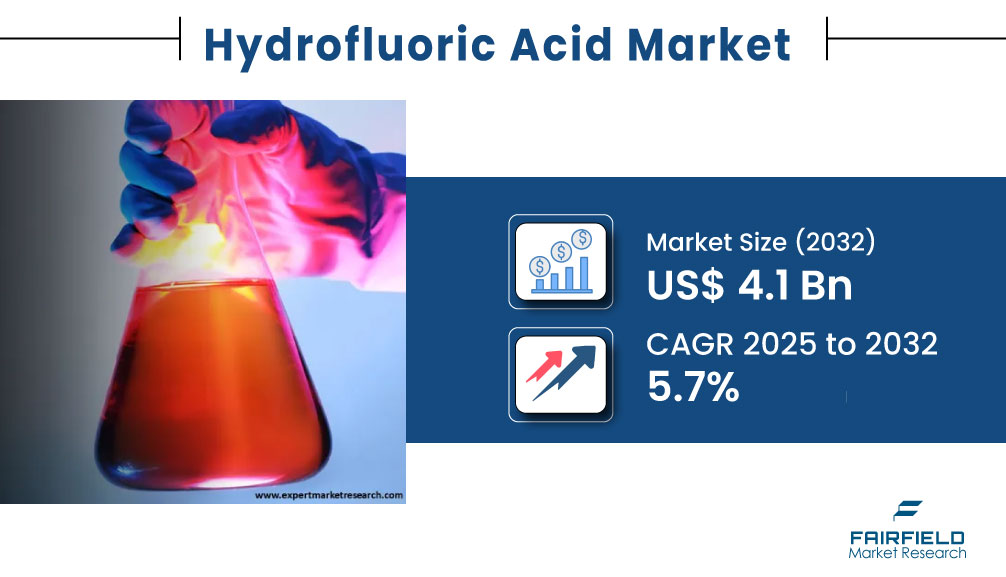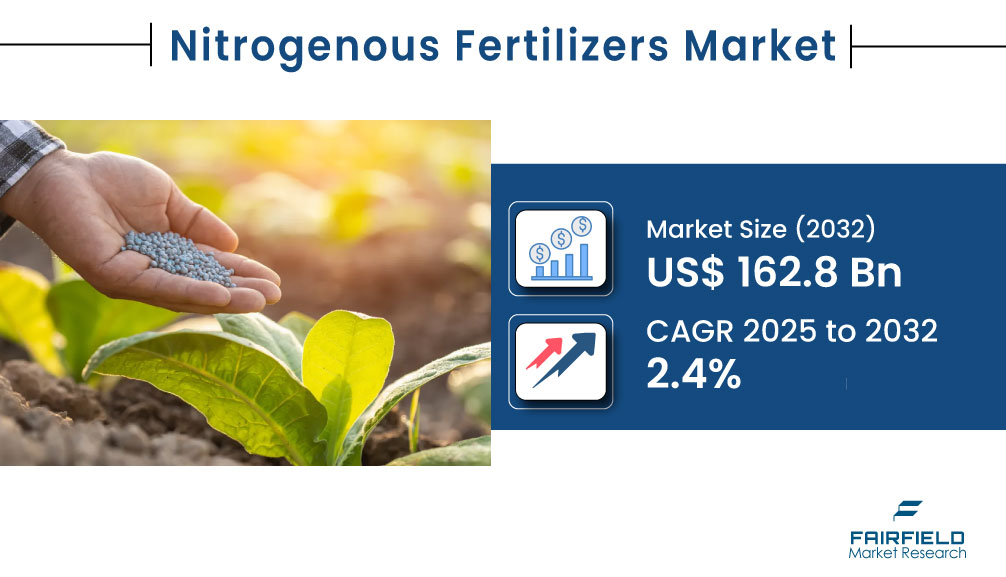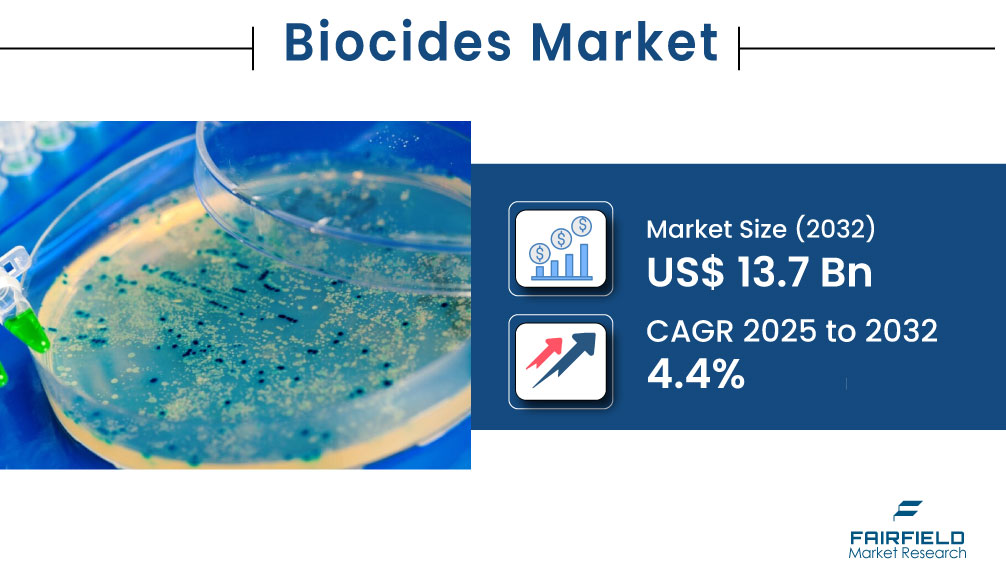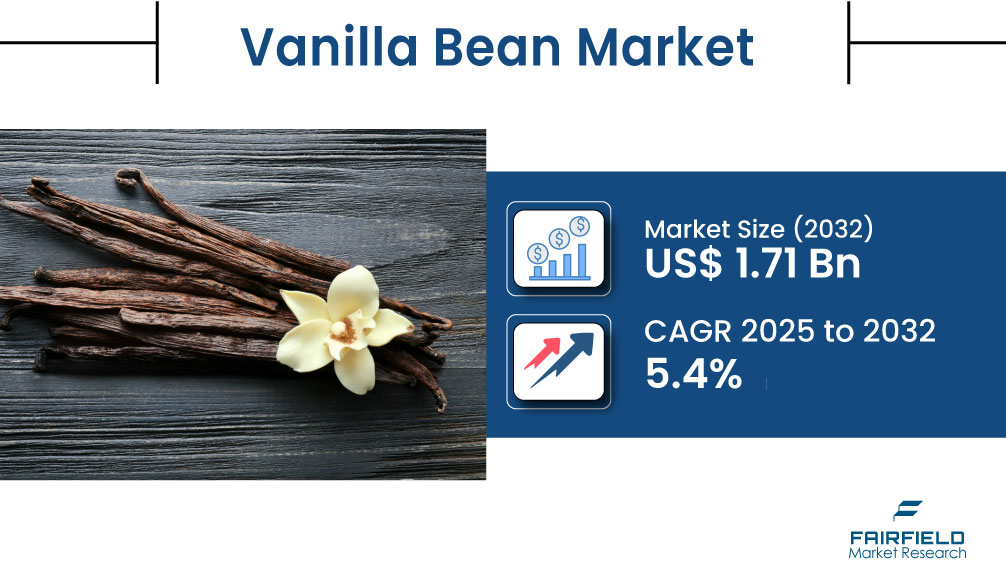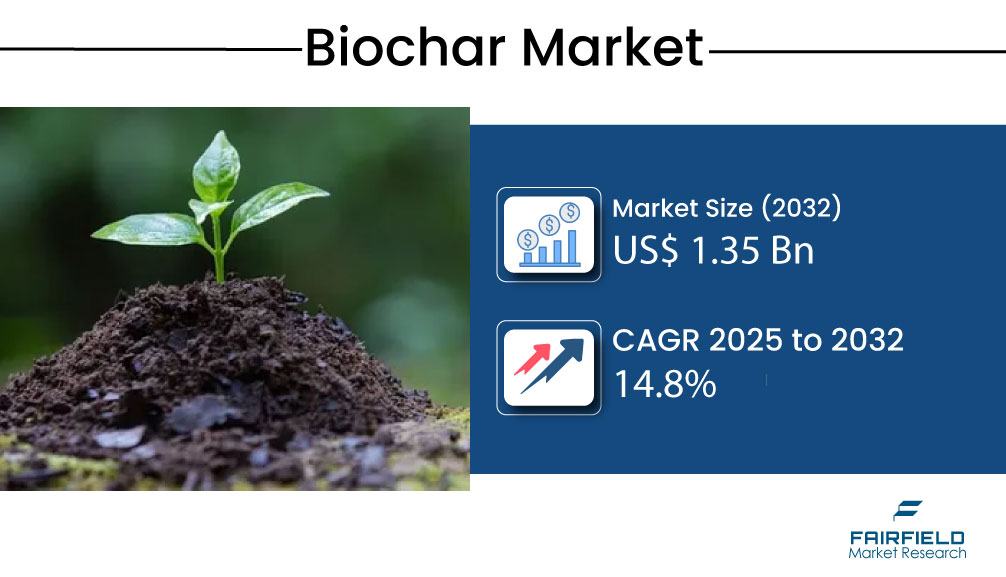Global Momentum Toward Zero-Waste Packaging to Drive Bioplastic Packaging Market to US$40.9 Billion by 2032

Strong 8k brings an ultra-HD IPTV experience to your living room and your pocket.
Fairfield Market Research reveals that the global bioplastic packaging market is poised for rapid growth, expanding from US$18.4 billion in 2025 to US$40.9 billion by 2032, with a projected CAGR of 12.1%. This growth reflects the increasing global push toward zero-waste packaging solutions, fueled by regulatory bans on single-use plastics, eco-conscious consumer behavior, and accelerating investments in sustainable materials.
𝐄𝐱𝐩𝐥𝐨𝐫𝐞 𝐭𝐡𝐞 𝐅𝐮𝐥𝐥 𝐑𝐞𝐩𝐨𝐫𝐭: https://www.fairfieldmarketresearch.com/report/bioplastic-packaging-market
As governments implement strict environmental mandates and brands align with circular economy principles, bioplastics—especially compostable and bio-based materials like PLA, PHA, and starch blends—are emerging as high-impact alternatives to conventional plastics in both rigid and flexible packaging applications.
PLA-Based Packaging Leads the Transition
Polylactic Acid (PLA) is taking the lead among bioplastics due to its clarity, strength, compostability, and compatibility with existing packaging technologies. It is increasingly being used in foodservice containers, fresh produce trays, and disposable cutlery as brands replace petroleum-based plastics with low-impact solutions.
Flexible bioplastic formats such as compostable films, mailers, and wraps are gaining popularity in e-commerce and grocery delivery. These lightweight, eco-friendly options help brands meet their sustainability goals without compromising packaging performance.
2025–2032: From Sustainability Pledge to Packaging Overhaul
Between 2019 and 2024, early market growth was driven by anti-plastic legislation and rising consumer demand for sustainability. However, broader adoption was challenged by high costs and limited composting infrastructure, particularly in developing economies.
Looking ahead, from 2025 to 2032, the market is expected to scale significantly, as technological advancements reduce costs and expand the performance of bioplastics. Major companies are investing in bio-based R&D, and governments are boosting support for compostable materials through incentives, mandates, and infrastructure development.
Sustainability Becomes a Purchase Driver
Changing consumer behavior is accelerating market growth. Research shows that 54% of consumers prefer products with eco-friendly packaging, and 90% are more likely to support brands that demonstrate environmental leadership. In response, major food and beverage companies are investing heavily in biodegradable and compostable packaging innovations.
Firms such as Danimer Scientific and Vegware are at the forefront of this transition, producing PHA- and PLA-based solutions for applications ranging from ready-meal containers to takeaway food packaging—offering both functional performance and environmental credibility.
Cost Barrier Slows Full Market Penetration
Despite strong momentum, bioplastics remain significantly more expensive than conventional plastic. With prices ranging from US$2–7 per kilogram, compared to US$1–2/kg for fossil-based plastics, many businesses—especially in cost-sensitive markets—face challenges integrating these materials at scale.
However, ongoing research in feedstock efficiency, manufacturing scalability, and waste valorization is expected to reduce prices over time. Combined with increased policy pressure, these advances are likely to make bioplastics more cost-competitive in the near future.
Opportunity: Compostable Packaging for E-Commerce & Fresh Food
The shift toward zero-waste logistics is driving a boom in compostable flexible packaging, particularly for e-commerce, grocery, and takeaway food services. Biodegradable films and pouches offer a cleaner alternative to polyethylene mailers and vacuum wraps, reducing waste while enhancing brand reputation.
Companies are now investing in multi-layer, high-barrier compostable films designed to preserve freshness while meeting industrial and home composting standards.
Market Segmentation Overview
Material Type: PLA holds the largest share for its performance, processability, and eco-friendly properties. PHA and starch blends are gaining popularity in food and retail packaging due to their compostability.
Packaging Type: Flexible packaging is the dominant category, with strong demand from e-commerce and retail brands. Rigid packaging continues to expand in cosmetics, pharmaceuticals, and premium F&B products.
End-Use Industries: The food and beverage segment is the largest end-user, driven by government bans and corporate sustainability targets.
Regional Highlights
North America: Leading brands are using bio-HDPE and bio-PP containers to align with green labeling regulations. Companies like LyondellBasell are pushing renewable resins into the mainstream packaging supply chain.
Europe: Stringent regulations like the EU’s Single-Use Plastics Directive are accelerating the move toward compostable packaging. Over 70% of brands in foodservice and confectionery are exploring bioplastic options.
Asia Pacific: Countries such as India, China, and Thailand are providing subsidies and policy support to scale bioplastic production. Consumers in the region are also becoming more environmentally conscious, boosting demand for biodegradable packaging in convenience food and personal care products.
Competitive Landscape
Industry leaders such as NatureWorks, Danimer Scientific, and TotalEnergies Corbion are focusing on innovation, strategic partnerships, and capacity expansion to meet growing demand. These players are developing next-gen biopolymers that offer both durability and sustainability.
Innovative firms like Polymateria, Ecovative, and Vegware are disrupting the market with solutions that include mushroom-based packaging, biodegradable plastics with controlled breakdown rates, and certified compostable serviceware, reinforcing competition and diversification in the market.
Key Companies Featured:
Amcor Plc
NatureWorks LLC
Danimer Scientific
TotalEnergies Corbion
Novamont S.p.A
Sealed Air
Coveris
Constantia Flexibles
ALPLA
Alpha Packaging
Vegware
Futamura Group
Polymateria Ltd.
Bio Futura
Safepack Packaging Solutions
Note: IndiBlogHub features both user-submitted and editorial content. We do not verify third-party contributions. Read our Disclaimer and Privacy Policyfor details.



